HLA Typing the HLA-DRB Allele Paralogues
As we navigate the fascinating world of human genetics, we’re consistently astounded by the complexity and diversity of our gene networks. Our journey today brings us to a family of genes that share a remarkable history and function – the paralogues HLA-DRB1, HLA-DRB3, HLA-DRB4, and HLA-DRB5. Positioned within the Major Histocompatibility Complex (MHC) on human chromosome 6, these genes are central characters in the intriguing story of our immune system. And we’ll explore their relationship through the lens of HLA Typing, a key tool for understanding our genetic defense mechanisms.
HLA-DRB1, the primary member of this group, produces a protein that plays a pivotal role in the immune system. As part of the MHC class II molecules, the HLA-DRB1 gene influences how our bodies respond to foreign substances. HLA Typing can detect the multiple variants of HLA-DRB1, providing valuable information about our individual immune responses and susceptibility to certain diseases. However, the story becomes more complex and interesting when we delve into the genes HLA-DRB3, HLA-DRB4, and HLA-DRB5.
These three genes, HLA-DRB3, HLA-DRB4, and HLA-DRB5, are the products of gene duplication events, making them paralogues to HLA-DRB1. Like their genetic ancestor, these genes also produce MHC class II molecules and play essential roles in immune function. The difference lies in the fact that these genes are not always present or functional in every individual. Instead, they exhibit a complementing presence with HLA-DRB1, such that only certain variants of HLA-DRB1 co-occur with either HLA-DRB3, HLA-DRB4, or HLA-DRB5. HLA Typing is instrumental in identifying these genetic co-occurrences and understanding their implications on immunity.
The interplay between these paralogues adds another layer of depth to our immune system’s function. The collective diversity from HLA-DRB1 and its paralogues HLA-DRB3, HLA-DRB4, and HLA-DRB5 expands the repertoire of peptides that can be presented to the immune system. Consequently, it influences our ability to respond to a vast array of pathogens. It’s this intricate dance of genes, facilitated by methods like HLA Typing, that contributes to the remarkable complexity of our immune system.
In conclusion, HLA-DRB1, HLA-DRB3, HLA-DRB4, and HLA-DRB5 represent a fascinating genetic alliance, each playing a crucial role in orchestrating our immune response. By understanding these genes and their relationships, we illuminate the depths of our genetic defense mechanisms. Through tools like HLA Typing, we can delve further into the story of these genes, explore the intricacies of the paralogous relationships, and continue the ongoing journey of unravelling the complexities of our incredible human genetics.

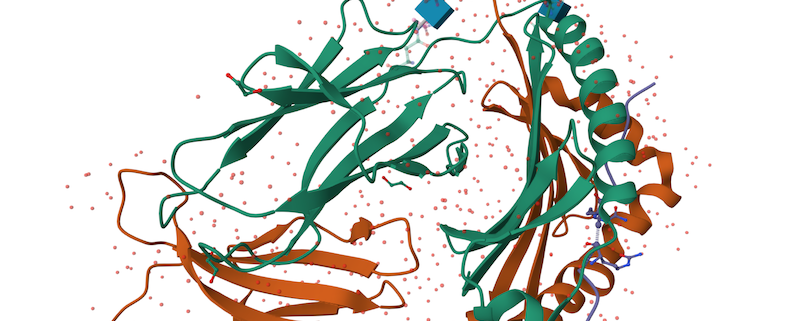


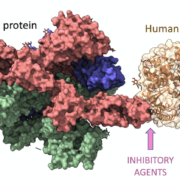
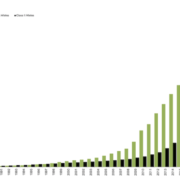
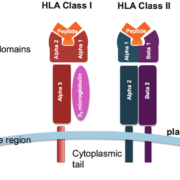
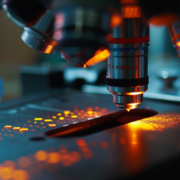 The Sequencing Center
The Sequencing Center

Leave a Reply
Want to join the discussion?Feel free to contribute!